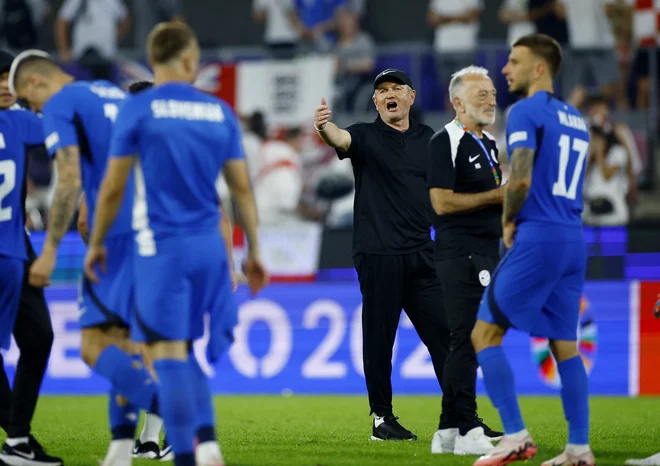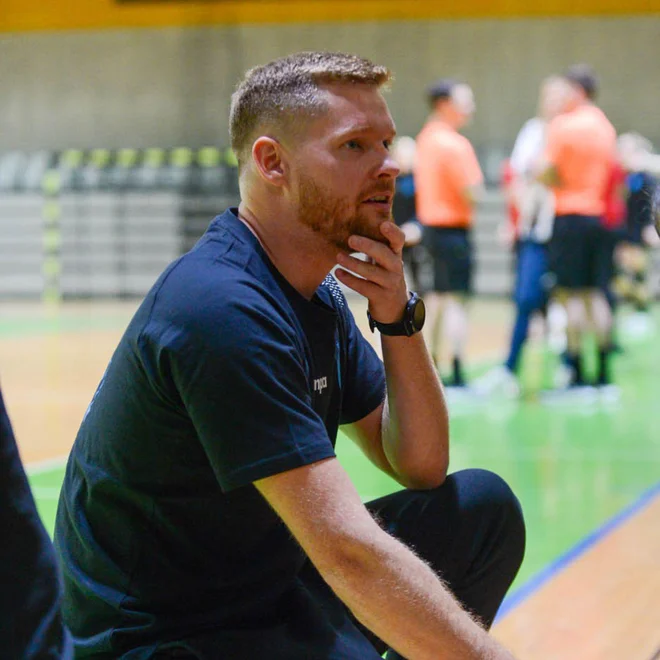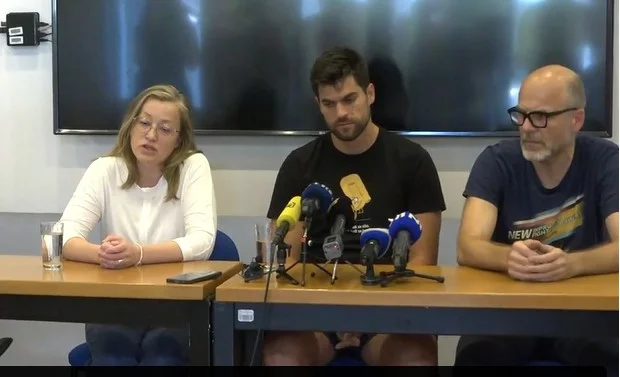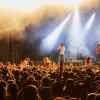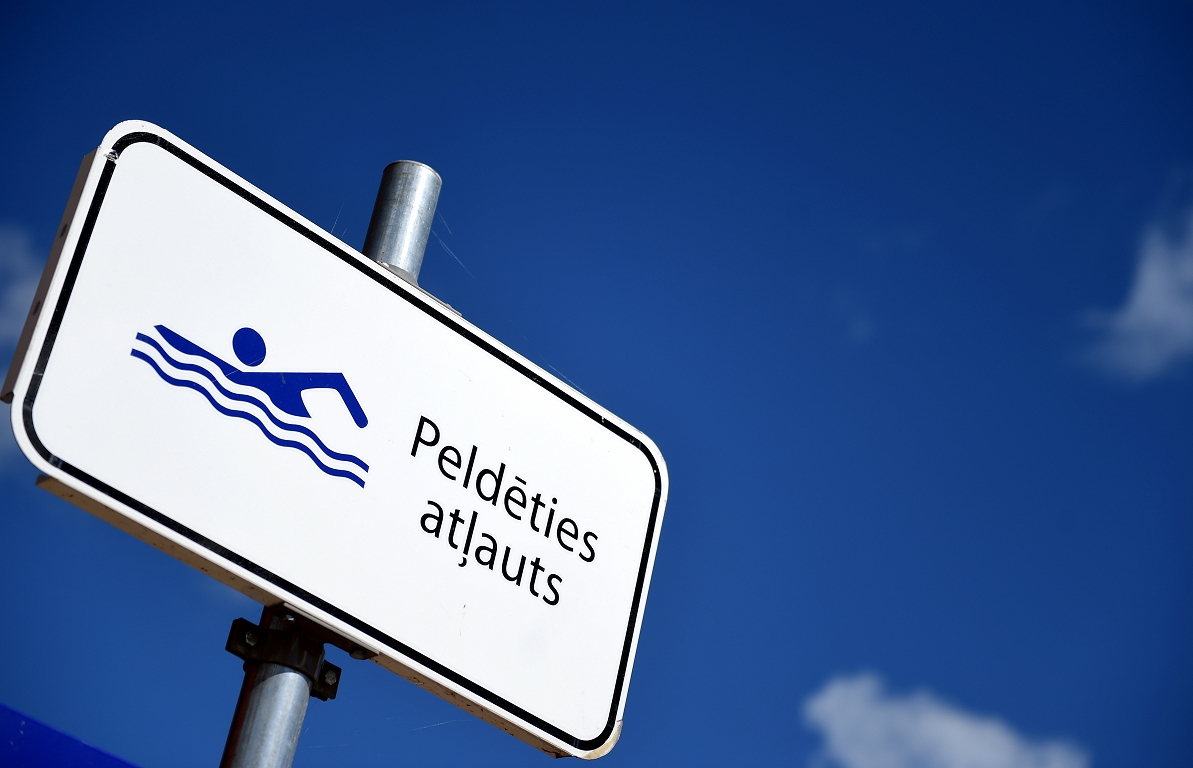Unforgettable statements, moves and groundbreaking milestones of Pope Francis

Unforgettable statements and events
“Who am I to judge?” (2013)
One of the most high -profile statements Pope Francissaid in the context of the issue of receiving LGBT people in the Catholic Church, which indicated his openness and compassion.
Cancellation of luxury and life in modesty
Pope Francis did not wear red shoes like all his predecessors. He showed his modesty by not accompanying his footwear. He also wore a plain, metal cross instead of a golden cross, usually worn by the pope. Photo: Max Rossi/Reuters
Immediately after his election, he renounced the traditional papal residence at the Apostolic Palace and preferred to stay in the House of St. Martha, where the Vatican staff resided.
2013 personality
In 2013, just a few months after his election, Pope Francis became the personality of the year after the magazine’s selection Time. The editorial board of a reputable American magazine chose him because of his transformation of the Vatican politics, emphasis on modesty and efforts for greater openness of the Catholic Church.
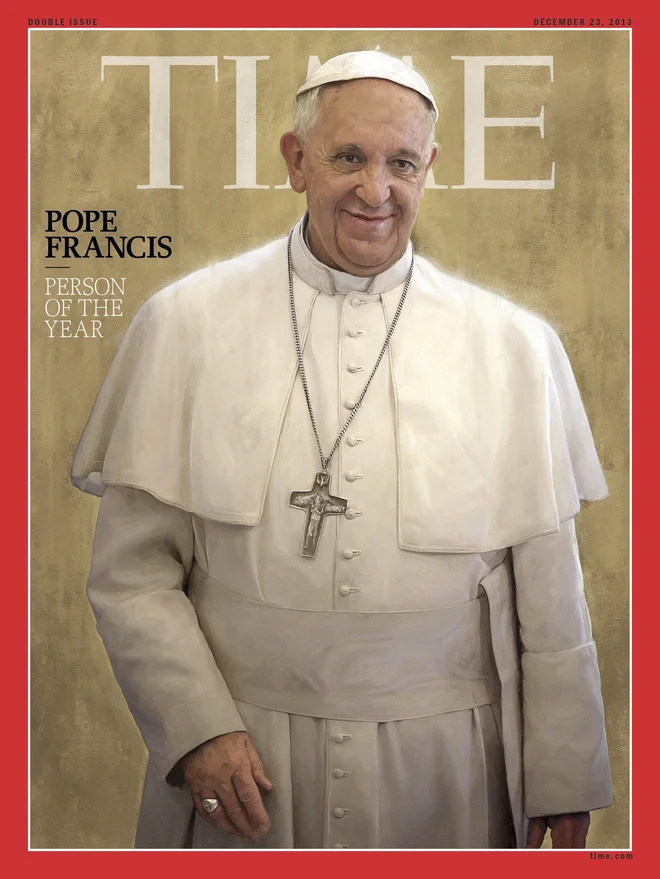
In 2013, he became the personality of the year of Time magazine. Photo: Jason Seiler/AFP
• Reform Kuriji: Pope Francis introduced reforms in the Vatican Curia to increase the transparency and efficiency of church structures.
• Environmental Enciklika Laudato you ‘: In 2015, he issued an encyclical that calls for environmental care and points to the consequences of climate change.
• Bearing Dialogue: He promoted dialogue between different religions and encountered leaders of other religions to build bridges of understanding and peace.
• Synod about to: He organized a synod to discuss the challenges of modern family, which led to the apostolic encouragement of Amoris Laetitia.
Encyclical Laudato SI ‘(2015)
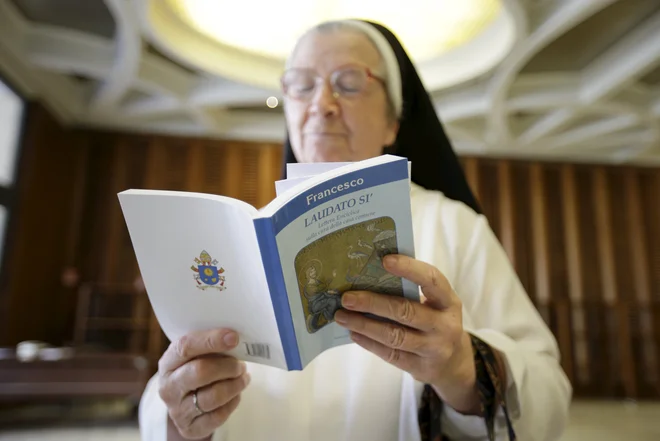
He became the first pope to highlight global warming as a big problem. Photo: Max Rossi/Reuters
The first pope, who so strongly highlighted the environmental issues and called on the planet to protect and to climate change measures.
Historical Meeting with Patriarch Kiril (2016)
The first meeting between the leaders of the Catholic and Russian Orthodox Church after almost a thousand years of church rift.
Blessing refugees and calling for migrants to receive
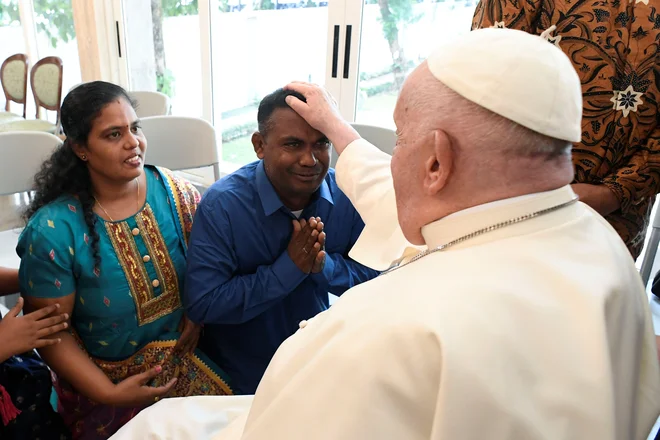
He blessed a large number of migrants. Photo: Reuters
He often visited refugees and urged Europe to accept them with dignity and sympathy, even by personally transferring families from Greece to the Vatican.
Jubilee Year of Mercy (2016)

Photo: Remo Casilli/Reuters
Emphasis on God’s mercy, forgiveness and inclusion of the outlines, which symbolized by opening the holy door in basilics around the world.
Family Synod and Amoris Laetitia (2016)
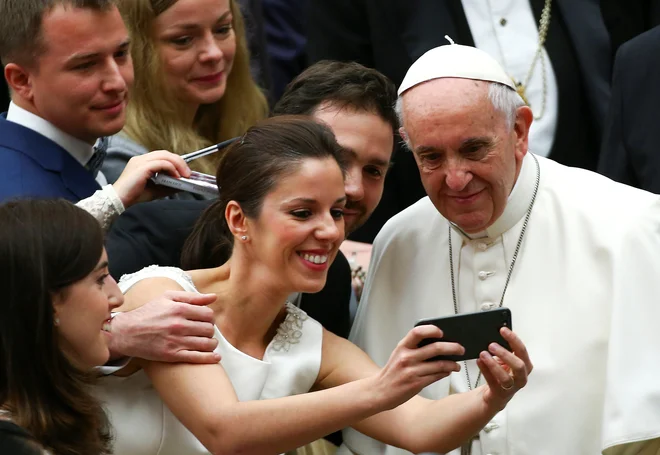
Photo: Alessandro Bianchi/Reuters
With his approach to family pastoral, he has triggered discussions about the role of divorced and re -married Catholics and the contemporary challenges of marriage.
The first papal trip to the United Arab Emirates (2019)

In Abu Dhabi he got with the leaders of the country. Photo: Andrew Medichini/AFP
As the first pope in history, he visited the Arabian Peninsula and signed a declaration of fraternity between Christians and Muslims.
Brotherhood and Meeting with the Great Ayatola Ali Sistani (2021)
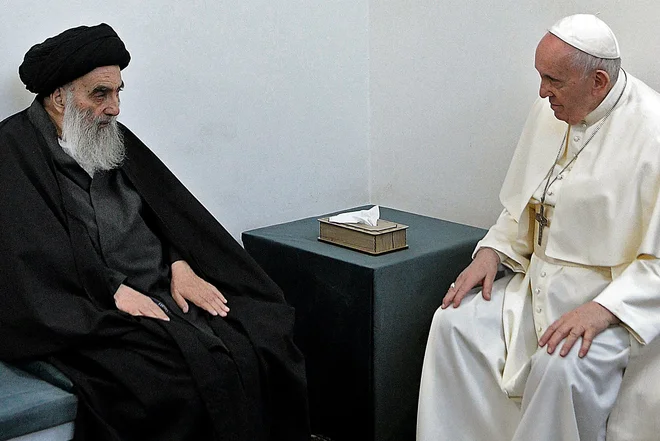
He spoke with Grand Ayatola Ali Al Sistani. Photo: AFP
The first historical meeting of the Catholic Pope with one of the most influential Shiite Muslim leaders in Iraq, where he called for peace and religious tolerance.
A sharp conviction of war in Ukraine (2022–2023)
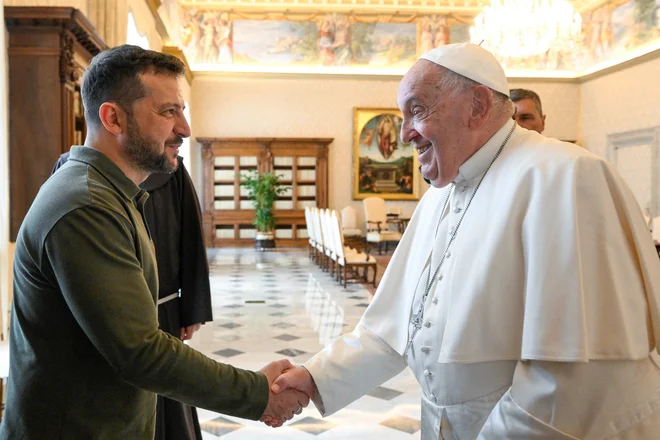
He supported Ukraine. Photo: Simone Risoluti/Reuters
One of the few religious leaders who openly criticized Russian aggression and called for the immediate cessation of the war.
The blessing of same -sex couples

Photo: Andreas Solaro/AFP
For the first time, the Vatican Document published on December 12, 2023, officially allowed priests to bless same -sex couples under certain conditions. However, the Holy Stolica emphasized that this is not a change in the Catholic doctrine of the law – the blessings should not even become an official church rite or should be associated with civilian marriages or sacramental rituals.
17. December 1936: He was born in Buenos Aires in the family of Italian immigrants. His father Mario José Bergoglio was a railway worker, mother Regina María Sívori Well the housewife. He grew up in a Catholic family with four brothers and sisters.
1955: He graduated from a technical high school in Buenos Aires.
1956: He has enrolled at the Faculty of Technical, University of Buenos Aires (Facultad de Cienias Exactas Y Naturales, Uba), where he later graduated and received a master’s degree in chemistry.
1957: He was seriously ill with pneumonia, and due to complications, part of his right pulmonary wing was removed.
1958: Before entering the seminary, he was in a relationship and seriously thought about marriage, but then decided on a priestly profession. In the same year, he entered the Jesuit novitiate at Villa Devot, Buenos Aires.
1960–1963: He studied philosophy at Colegio Máximo San José in San Miguel.
1964–1965: He was a professor of literature and psychology at Colegio de la Inmaculation in Santa Fe.
1966: He became a faculty professor at Colegio del Salvador in Buenos Aires.
1967–1969: He studied theology at Colegio Máximo San José in San Miguel.
13. December 1969: He was ordained a priest in San Miguel. As a priest, he worked a lot with young people, especially with students and poor people of Buenos Aires, where he organized pastoral work and social programs.
1973–1979: He acted as a provincial of the Jesuits in Argentina. During this period he led the regular community of Jesuits in the country, took care of its organization and was active in pastoral work, especially among the poorest classes of society.
1980–1986: He served as the Rector of the Jesuit College San Miguel and professor of theology.
1992: He was appointed auxiliary bishop Buenos Aires.
1998: He was elevated to Archbishop Buenos Aires. Named him the pope John Paul II.
2001: Pope John Paul II. named him a cardinal.
2005: On the Conclav after the death of John Paul II. was one of the main candidates for the papal position as he received the most votes right behind Joseph Ratzingerwho was elected as a pope Benedict XVI.
2013: He was elected to the Pope – as the first non -European pope after 1272 years, the first Jesuit in the papal seat and the first to choose the papal name Francis. It lasted two days and consisted of five voting rounds.
2020–2025: He has been hospitalized several times due to respiratory problems. In 2021 it underwent surgery of the colon, and in 2023 it underwent abdominal wall surgery and hospitalization due to bronchitis. During this period, he has repeatedly canceled international travel due to health problems. In February this year, he was again hospitalized for bronchitis, and after a few days he was diagnosed with pneumonia in both pulmonary wings.
2025: He died at a Roman hospital

